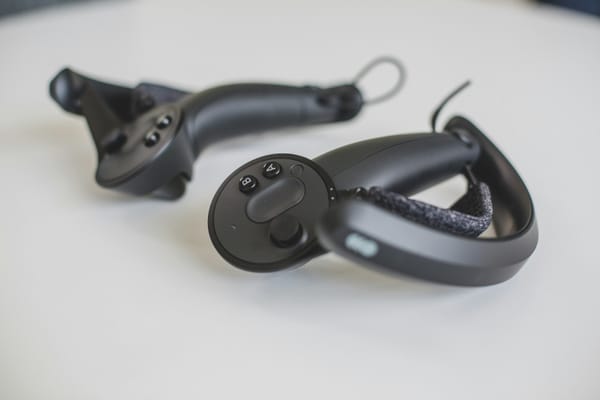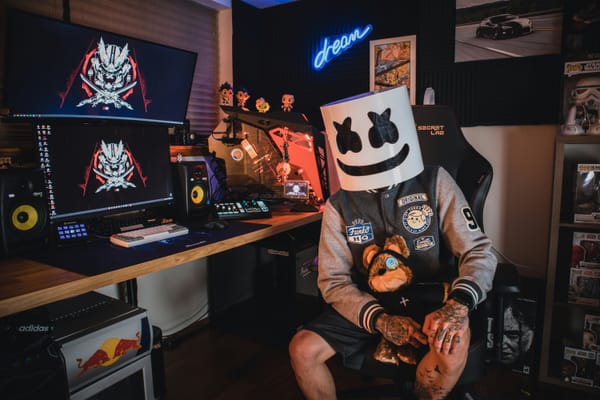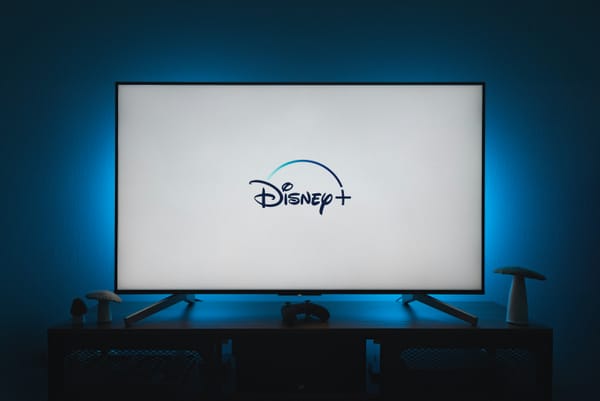19 Most Practical Use Cases of Virtual Reality In The Classroom
Transform education with virtual reality in the classroom. Engage students, and enhance learning. Explore the future of immersive education now!
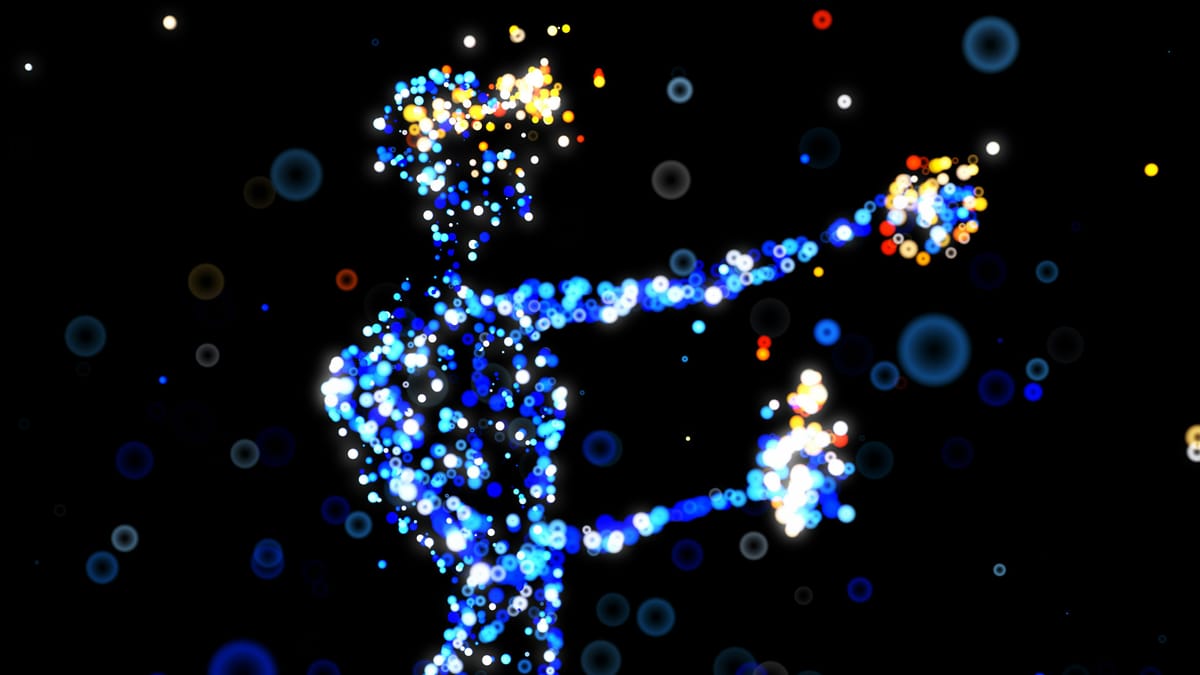
Immerse your students in a world where learning transcends traditional boundaries with virtual reality in the classroom. Picture a dynamic educational landscape where students engage, explore, and create in a realm brought to life through immersive technology. From virtual field trips to interactive simulations, the possibilities are endless in this digital realm. Step into the future of education and discover how virtual reality in the classroom is reshaping the way we teach and learn, preparing students for success in the virtual workplace and beyond.
Table of Contents
- What Is Virtual Reality?
- 19 Most Practical Use Cases of Virtual Reality In The Classroom
- Challenges In Implementing Virtual Reality In The Classroom & How To Overcome Them
- Get The Apple Vision Pro Experience for A Fraction of The Cost With Fluid
What Is Virtual Reality?
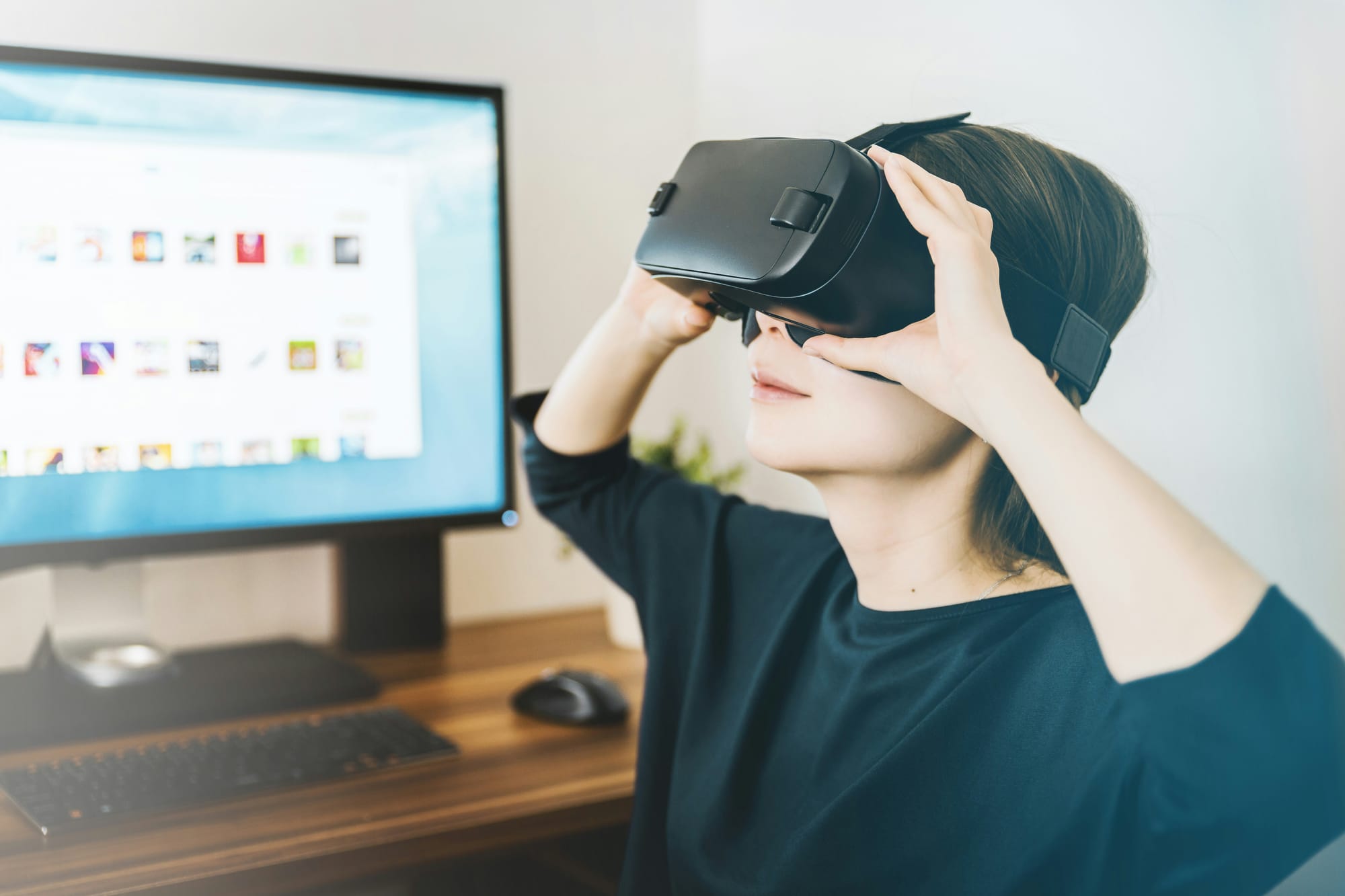
Virtual reality (VR) is a computer-generated simulation of an environment that can be interacted with in a seemingly real or physical way by a person using special electronic equipment, such as a headset. In the context of education, VR technology has been increasingly utilized to create immersive learning experiences for students. By transporting users to virtual environments, VR enhances student engagement and motivation in the classroom.
Enhancing Student Engagement and Motivation through Virtual Reality
Virtual reality offers a unique and captivating way to engage students in learning by providing them with a hands-on and interactive experience. Unlike traditional methods of learning, VR allows students to explore concepts and subjects in a three-dimensional space, making abstract ideas more tangible and easier to understand. This immersive experience can stimulate students' curiosity and creativity, encouraging them to actively participate in the learning process.
Student Engagement Through Virtual Reality
The interactive nature of VR experiences enables students to have a sense of agency and control over their learning, which can boost their motivation and sense of accomplishment. By presenting information in a dynamic and visually stimulating way, VR captures students' attention and maintains their interest throughout the lesson. This increased engagement can lead to a deeper understanding of the material and improved retention of knowledge.
Transforming Education
Virtual reality has the potential to revolutionize the classroom experience by providing students with a powerful tool for exploration and discovery. By leveraging VR technology, educators can create engaging and interactive learning environments that inspire students to learn, explore, and succeed.
Related Reading
- Vr Workplace
- Augmented Reality In The Workplace
- Vr Work From Home
- Vr Design
- Vr Training
- Vr Programs
- Vr In Business
- Vr Marketing
- Vr Conferencing
- Vr Meetings
- Virtual Reality Business Applications
19 Most Practical Use Cases of Virtual Reality In The Classroom
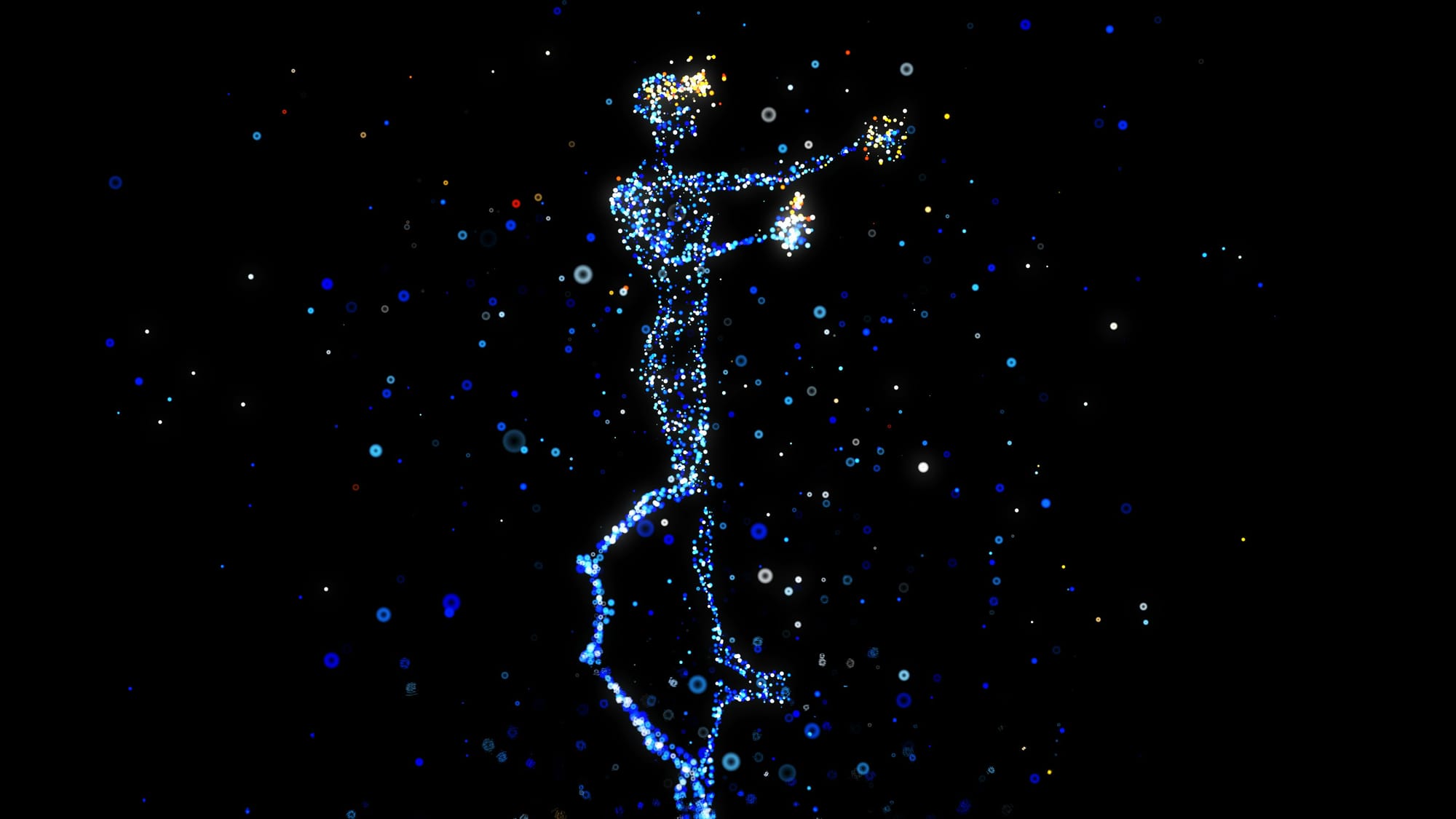
1. Virtual Field Trips
By using virtual reality (VR) in the classroom, students can embark on virtual field trips to historical landmarks, museums, or even outer space without leaving the classroom. This immersive experience allows students to explore the world in a whole new way.
2. Interactive Science Simulations
VR can be used to create interactive science simulations where students can conduct virtual experiments, dissect virtual organisms, or explore complex scientific concepts in a hands-on manner.
3. Language Immersion
Through VR, language students can immerse themselves in virtual environments where they can practice conversational skills, listen to native speakers, and improve their language proficiency in a realistic setting.
4. Historical Reenactments
Students can step back in time and participate in historical reenactments through VR. This hands-on approach to history allows students to gain a deeper understanding of past events and cultures.
5. Art and Design Visualization
In art and design classes, VR can be used to create 3D models, explore different artistic styles, and visualize concepts in a more dynamic and interactive way.
6. Virtual Anatomy Lessons
Medical students can benefit from VR by studying virtual anatomy models, performing virtual surgeries, and gaining a better understanding of the human body in a realistic and immersive environment.
7. Mathematics Visualizations
Complex mathematical concepts can be visualized in VR, allowing students to see abstract ideas come to life and explore mathematical principles in a more tangible and engaging way.
8. Career Exploration
VR can be used to simulate real-world job environments, allowing students to explore different career paths and gain valuable insights into various industries before making important career decisions.
9. Cultural Immersion
Through VR, students can immerse themselves in different cultures by exploring virtual environments, interacting with locals, and experiencing cultural traditions firsthand.
10. Environmental Education
VR can be used to raise awareness about environmental issues by allowing students to explore virtual ecosystems, witness the impact of human activities on the environment, and learn about conservation efforts in an engaging way.
11. Virtual Writing Workshops
Creative writing classes can benefit from VR by creating virtual writing workshops where students can collaborate, share feedback, and immerse themselves in creative storytelling environments.
12. Physical Education Simulations
In physical education classes, VR can be used to simulate sports games, fitness routines, and outdoor activities, allowing students to stay active and engaged in a virtual setting.
13. Virtual Music Lessons
Music students can benefit from VR by practicing virtual instruments, attending virtual concerts, and exploring different music genres in an immersive and interactive manner.
14. Social Skills Development
VR can be used to create social skills training programs where students can practice communication, conflict resolution, and empathy in virtual social scenarios.
15. Geography Exploration
Through VR, students can explore different geographical locations, learn about topography, climate, and cultural diversity in an interactive and engaging way.
16. Problem-Based Learning
VR can be used to create problem-based learning scenarios where students must collaborate, think critically, and solve real-world problems in a virtual environment.
17. Virtual Science Labs
In schools where access to traditional science labs is limited, VR can provide a cost-effective alternative by allowing students to conduct virtual experiments and learn scientific principles in a simulated lab setting.
18. Personalized Learning Experiences
With VR, educators can create personalized learning experiences tailored to individual student needs, interests, and learning styles, allowing for a more customized and engaging educational experience.
19. Peer Collaboration and Feedback
VR can facilitate peer collaboration and feedback by creating virtual group projects, collaborative discussions, and interactive presentations that encourage teamwork and communication skills development.
Related Reading
- Virtual Reality In Healthcare
- Virtual Reality In Architecture
- Virtual Reality Therapy
- Teams Vr
- Working In Vr
- Vr Collaboration
- Vr Educational Apps
- Vr Data Visualization
- Virtual Reality Presentation
- Vr Prototyping
- Enterprise Virtual Reality
- Immersed Vs Virtual Desktop
- Vr Productivity Apps
- Virtual Reality For Training Employees
- Benefits Of Virtual Reality In Business
Challenges In Implementing Virtual Reality In The Classroom & How To Overcome Them
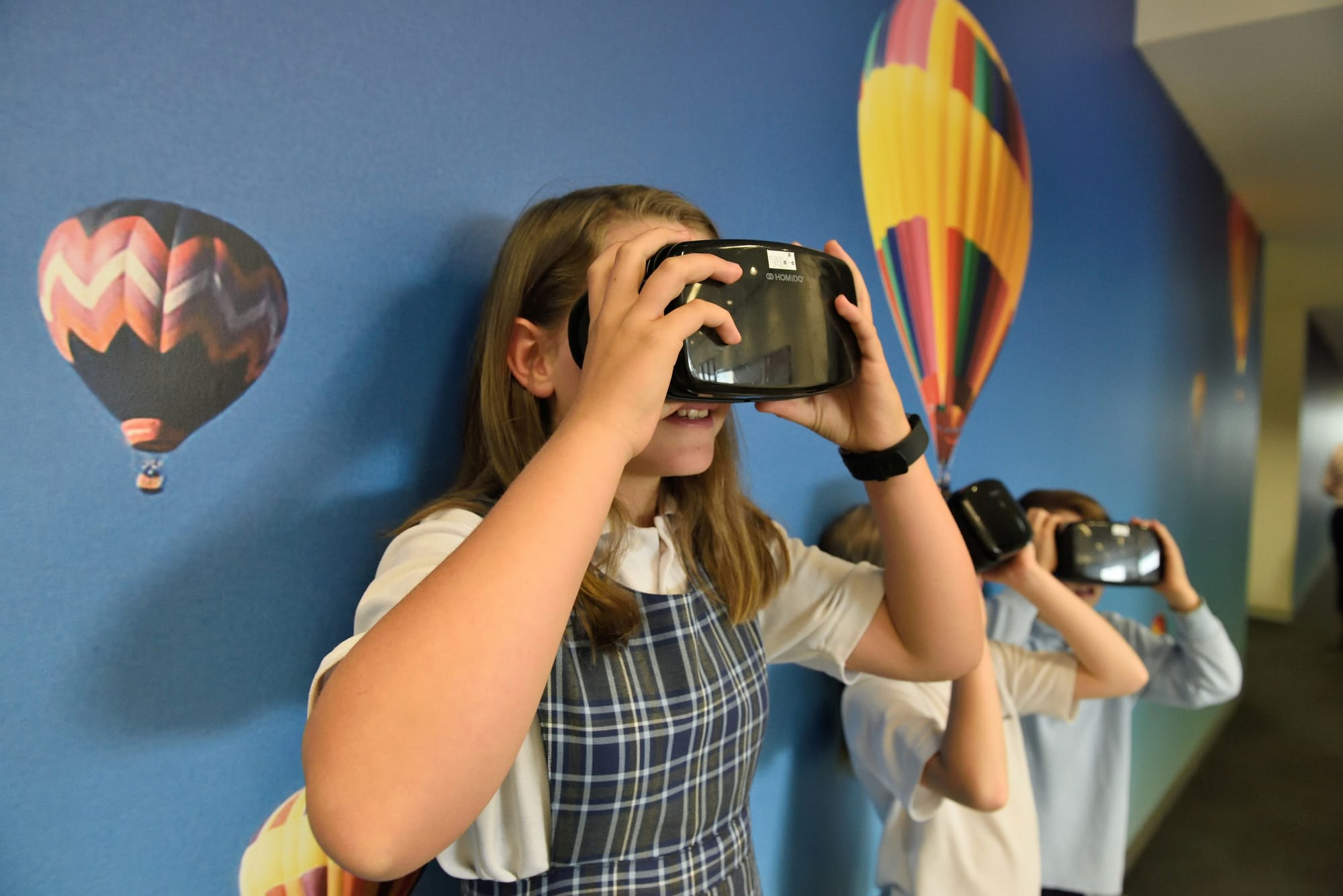
Integrating virtual reality (VR) into the classroom setting presents a myriad of challenges for educators. One significant obstacle is the initial cost of acquiring VR equipment. From headsets to software, the financial investment required can be daunting for schools with limited budgets. To overcome this hurdle, educators can seek out grants, partnerships with tech companies, or even crowdfunds within their communities to secure the necessary resources.
Empowering Educators
Another challenge is the lack of proper training for teachers on how to effectively incorporate VR technology into their lesson plans. Without adequate training, educators may struggle to navigate the VR platforms and create meaningful learning experiences for their students. To address this issue, schools can provide professional development opportunities, workshops, and ongoing support to ensure that teachers feel confident and competent in using VR technology as an educational tool.
Fostering Collaboration in Virtual Reality Classrooms
There is a concern about the potential for VR to isolate students from one another and hinder social interaction in the classroom. To mitigate this risk, educators can design collaborative VR experiences that encourage teamwork, communication, and peer-to-peer interaction. By incorporating group projects, discussions, and activities that require students to work together in the virtual space, teachers can foster a sense of community and engagement among their students.
Ensuring Equitable Access to VR Learning
There is a need to address the disparities in access to VR technology among students. Not all students may have access to VR devices outside of school, which can create inequalities in their learning experiences. To ensure equitable access, schools can provide designated VR stations within the classroom or offer take-home VR kits for students in need. Educators can explore mobile VR options that are more accessible and affordable for all students.
While integrating virtual reality in the classroom may present challenges, educators can overcome these obstacles by securing funding, providing training for teachers, promoting collaboration, and ensuring equitable access for all students. By addressing these challenges proactively, educators can harness the power of VR technology to enhance learning experiences and prepare students for the digital world of tomorrow.
Get The Apple Vision Pro Experience for A Fraction of The Cost With Fluid
Fluid revolutionizes the concept of workspaces in XR by offering a flexible and versatile environment on the Meta Quest. Gone are the days of being confined to physical screens and stationary workstations. With Fluid, users can create a dynamic workspace tailored to their preferences, allowing them to place large screens anywhere in augmented reality. This flexibility opens up a world of possibilities for various applications, from collaborative work to entertainment and beyond.
Experience Virtual Workstations Like Never Before with Fluid
One of the most groundbreaking features of Fluid is its ability to transform your Meta Quest into a virtual workstation with VR/AR capabilities. Imagine having the freedom to design your ideal work setup, complete with screens of any size, all within the immersive realm of virtual reality. Whether you're a remote worker, a gamer seeking portable VR/AR gaming experiences, or a student looking to enhance your learning environment, Fluid offers a solution that caters to diverse needs.
Enhance Collaboration and Connectivity with Fluid on Meta Quest
Fluid isn't just about creating individual workstations; it's also about fostering collaboration and connectivity in a virtual space. Remote teams, long-distance relationships, and small startups with distributed founders can all benefit from the seamless communication and shared experiences enabled by Fluid. By breaking free from physical limitations and embracing the virtual realm, users can engage in productive teamwork and interaction regardless of their physical location.
Get Started with Fluid Today and Unleash the Power of Your VR Headset
Ready to transform your VR headset into a spatial computer for free? With Fluid, you can embark on a journey to reimagine your workspace, access content on a large virtual screen from anywhere, and achieve a deep state of focus and productivity.
Say goodbye to traditional work setups and embrace the future of virtual workspaces with Fluid. Whether you're seeking a new way to collaborate, learn, or simply enjoy entertainment, Fluid offers a versatile solution that empowers you to create a flexible workspace anywhere you go.
